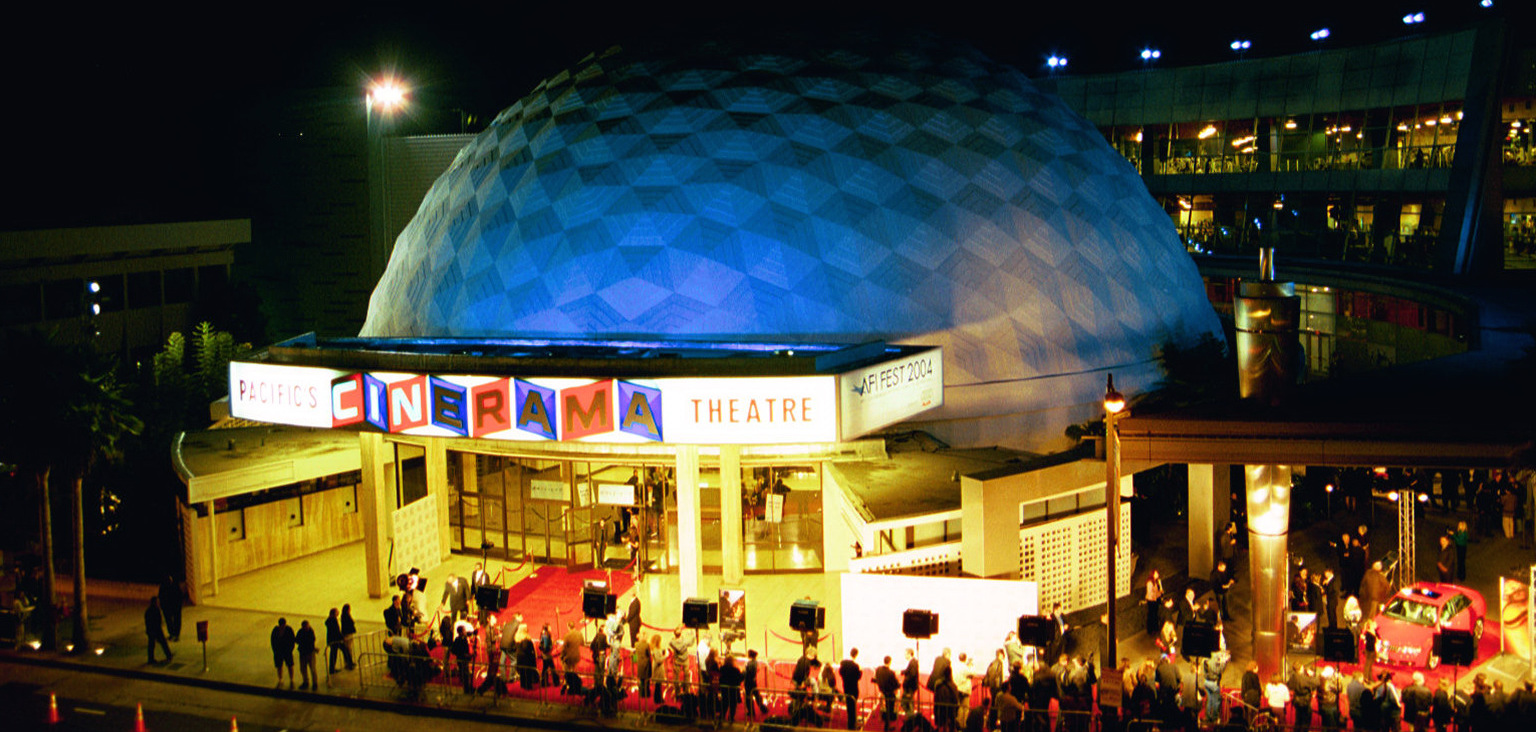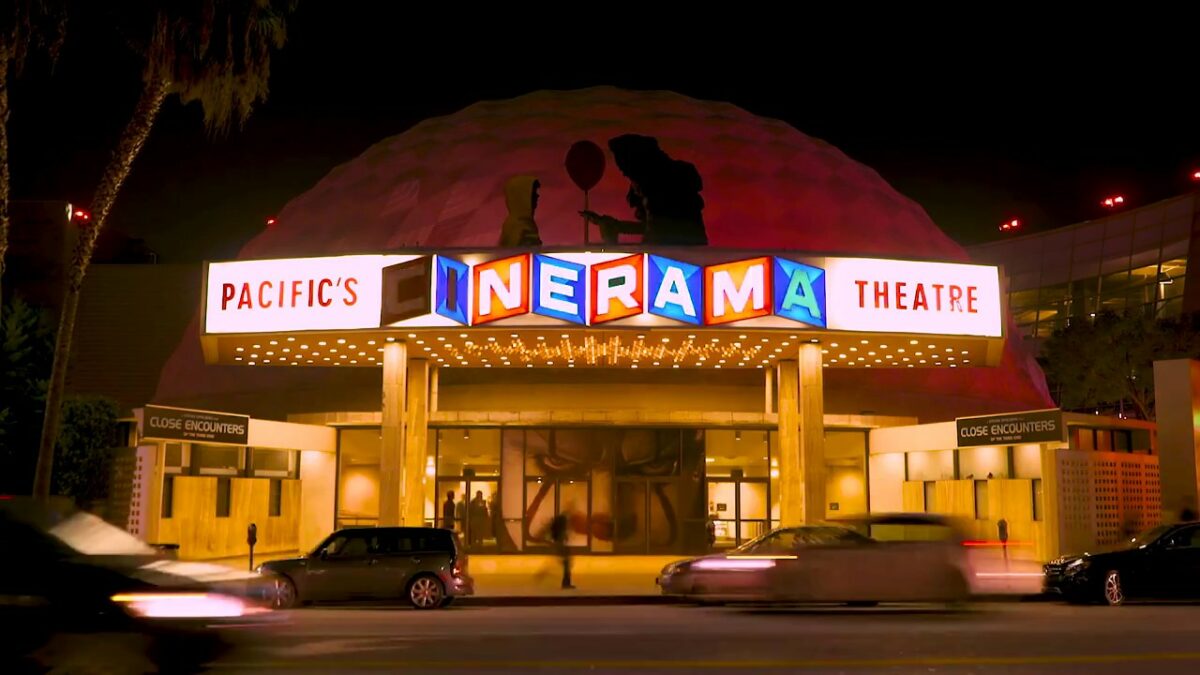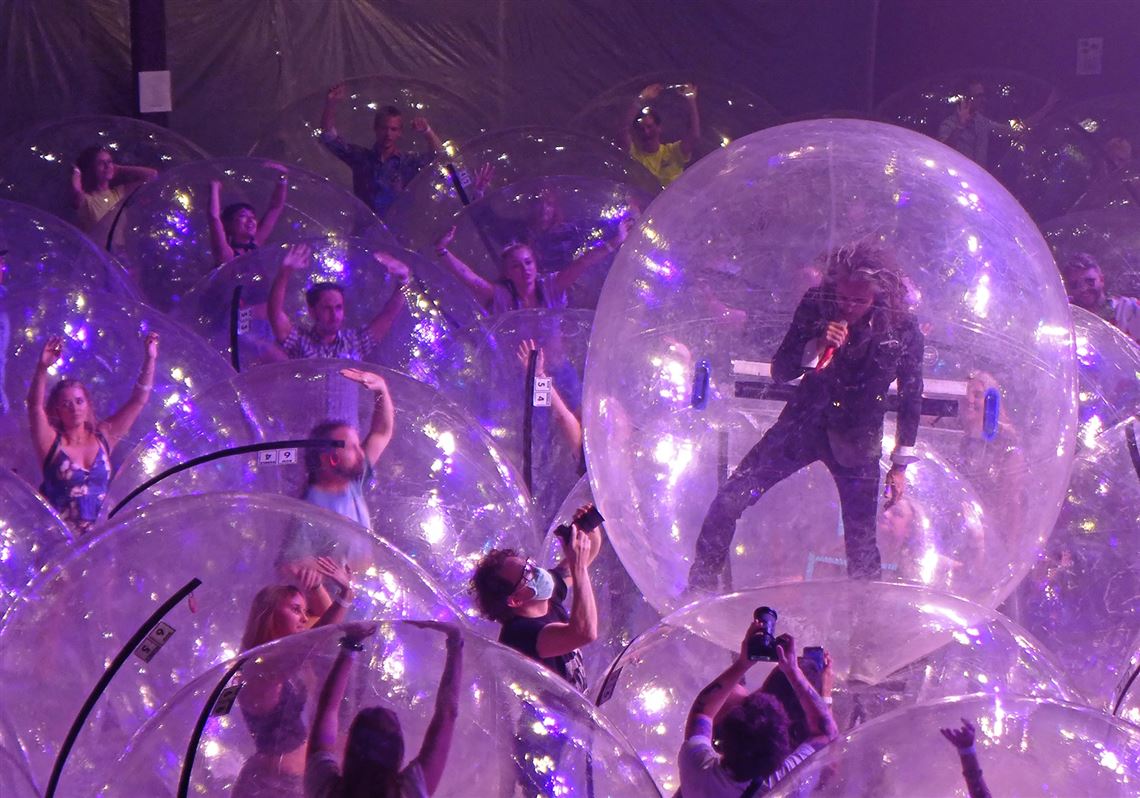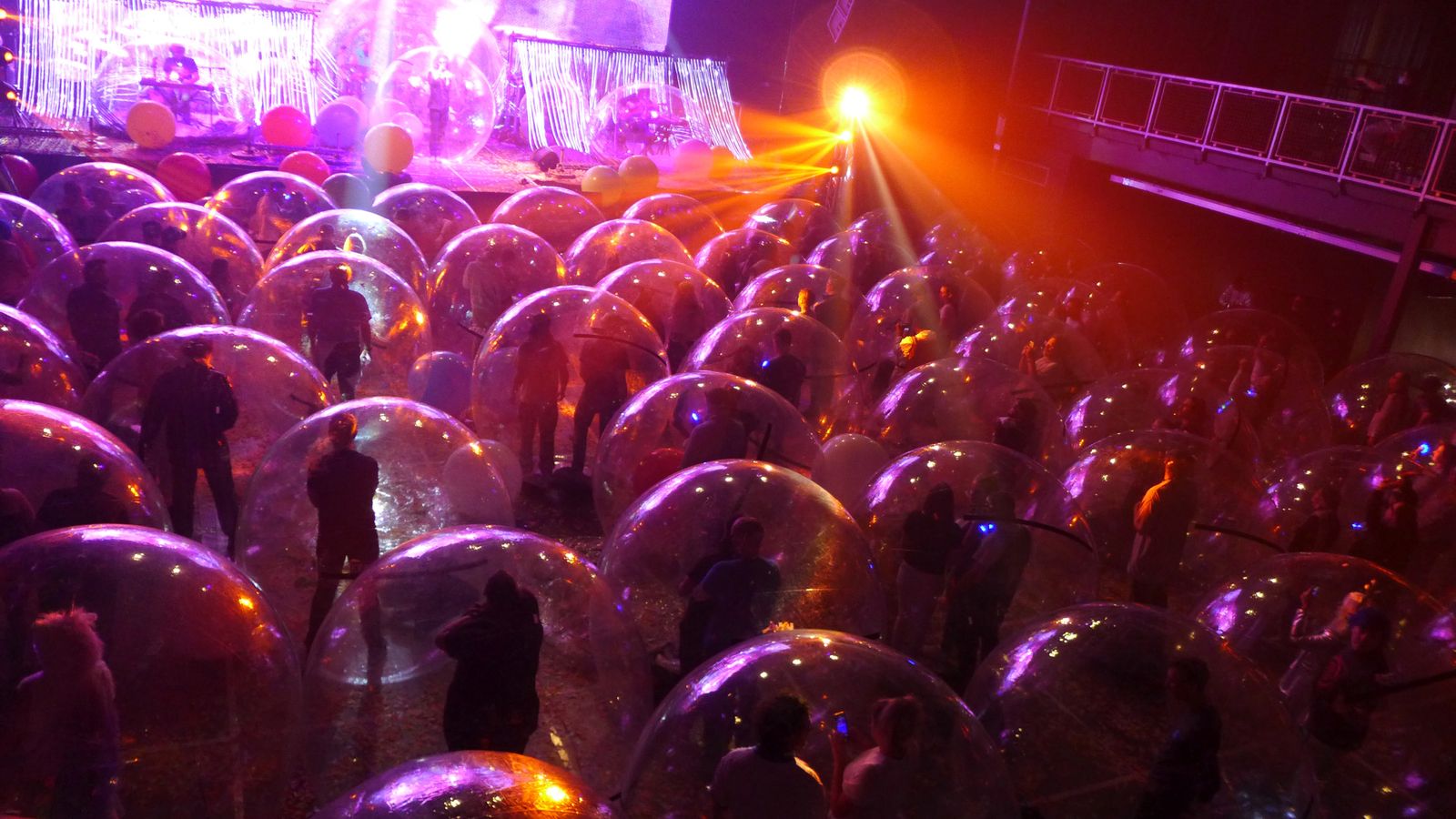A mariachi band in the courtyard. Aziz Ansari trying to act lowkey. Teenagers hot boxing a car in the parking lot. A revival of a French New Wave classic everyone could care less about. A protest. A strike. One of the best first dates you’ve ever been on. And the worst. These are some of the things you may have encountered on a Friday night at the Arclight Hollywood. Yes, there are plenty of other art house and multiplex theaters in the city. But this one was special. I’ve thrown parties there, slept there, fallen in love there, fallen out of love, gotten in fights. It was more than just a cinema, but rather a romantic pulse that carried you no matter what phase of life you were in.
L.A. doesn’t feel so much as a vertical ladder you climb than a horizontal one, because at the Arclight, your past, present, and future lives intersected. Old classmates, bosses, romantic partners… no matter what career you were in or what part of the city you came from, the Arclight Hollywood always acted like an airport-hub of individuals constantly going in and out.
Equivalent to McDonald’s closing 153 outlets or Apple closing three of its stores, the announcement of Arclight and Pacific Theaters’ closure last week shocked the city and automatically sparked hopeful rumors about who could possibly save this mecca. Some things surely don’t add up: the highest grossing theater in the U.S. that provides one percent of the total North American gross? Its plug pulled just as establishments are re-opening? And with no mention or warning about the exhibitor going under? There were clear signs of trouble for Arclight just two weeks ago, when a Twitter user posted a photo of an eviction notice found on the doors of its Culver City location. ArcLight and Pacific executives have remained silent on the abrupt announcement, but it appears that a major factor in the decision was rent, the largest fixed cost for theatrical exhibitors. Culver City had a rent of $2.2 million annually.
If L.A. truly loved this theater – all of its inhabitants and players and dreamers – then surely it can be saved. If it won’t be filmmakers and studio-heads that band together to save it, then my guess would be Netflix, Amazon, or Apple, someone with enough clout (and money) that would be incentivized into buying out the theater for theatrical distribution for their own content, much like what Netflix did with the Egyptian Theater for Roma and The Irishman.
Among the top domestic exhibitors, Cinemark is considered the most likely candidate, having more solid financials than AMC and Regal and surprisingly still underrepresented in Southern California. AMC has eight of the top 12 grossing theaters in Southern California, so any more would risk anti-trust issues. Regal has fewer theaters in the Los Angeles area, but it’s been conservative in the nationwide reopening of its theaters already.

Among other candidates is the Arizona-based Harkins Theaters, which appears to have more solid fundamentals. The Mexico-based luxury theater chain Cinepolis has already made moves into Southern California with its Pacific Palisades location. Among the unlikely, however, are Alamo, which is in Chapter 11 bankruptcy, and Landmark. (Also possible is outside investors stepping in under the right circumstances and a reduced price.)
And, of course, gone is the famed Cinerama Dome – home of Hollywood premieres for decades, one of the few places in the country that could project 70mm film prints, and that damned curved screen from Hollywood’s old Vista-Vision days (three projectors playing simultaneously) that only looked good from a few select seats. But you didn’t mind it. It was a look you grew comfortable with.
In 1998, the city named the Cinerama Dome a Los Angeles Historic-Cultural Monument, giving it some special protections. But that designation does not prevent demolition or alteration. Any plans to significantly alter the Dome would have to go before the city’s Cultural Heritage Commission, which can delay demolition for up to a year allowing community leaders to develop a way to save the Dome.
However, even if the building itself will still be standing there, its soul will be gone. Gone is the staff that you could tell truly loved movies. Gone are the authentic usher intros and assistance to find your seat, and the cutoff time for late arrivals. It was a tradition that didn’t exist anymore. But the Arclight Hollywood kept it alive.
When I first moved to L.A., the first screening I attempted to see at Arclight was a newly restored 70mm print of Vertigo. Without knowing the sprawling layout of the city, I of course arrived late, with no ticket, in the standby line. I didn’t get in that night, but it didn’t matter – I was not the only one. (I’d since return to the theater with more successful attempts – friends’ premieres, birthday parties, special screenings). Instead I bummed around Hollywood that night: passed the Palladium, the Pantages, the El Capitan, No Vacancy, and wondered what living in this strange city might be like. L.A. has long been renowned for not having a “true” city center. The Arclight, however, was my city center.


